800-487-3808
800-487-3808

Muscle knots, also called trigger points or myofascial trigger points, are a common and painful occurrence. They’re also common, as back muscle knots and neck muscle knots are among the most common trigger points in the body. You may also experience muscle knots in your legs, calves, or arms.
These tight, tender knots are caused by a variety of factors. Luckily, there are many techniques to get rid of muscle knots and prevent them from forming in the first place.
Muscle knots are tight muscle fibers that are unable to release or relax.
Because they're made of bunches of muscle fibers, these knotted areas experience decreased blood flow and therefore lack oxygen and other nutrients. Knotted muscles tend to have build-ups of waste products around them. These factors lead to pain and explain why muscle knots don’t usually go away on their own.
As we use our muscles in our daily lives, we tend to use some more than others. When a muscle is overused or misused, it can create what’s caused an active trigger point. These are persistently painful or sore areas of the muscle.
Latent trigger points, on the other hand, don’t hurt unless they are touched or subjected to pressure. They can even go noticed for periods of time until they become serious.
Knots are tender or painful to the touch. They feel like bumps—or knots!—beneath the skin. They range from the size of a pinhead to the size of a thumb.
Some muscle knots only hurt when you apply pressure to them, but others cause pain or tension without being touched.
Trigger points may also send (or "refer") pain or tenderness to other, seemingly unrelated, parts of the body. Referred pain manifests as a low-level, dull ache. For example, a headache may actually be caused by a muscle knot in the shoulder.
If you have many trigger points in your body, which lead to referred pain in a variety of locations, you may have myofascial pain syndrome, a chronic disorder that causes muscle pain and inflammation.
Muscle knots are typically felt, not seen. If you have a muscle knot, you’ll know. Symptoms include:
If you touch the location of the pain or tension, you will feel a small bump or a taut muscle, like a stretched rubber band.
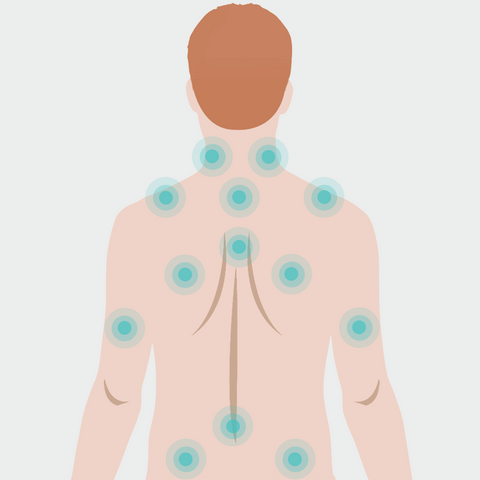
Muscle knots due to stress commonly develop in the neck, shoulders, and back causing tightness & stiffness. ( Image Reference )
You'll find muscle knots in a variety of locations, but several spots are more likely to be affected:
In addition to the back and neck, muscle knots commonly develop in leg muscles, particularly the hamstrings, quadriceps, and calves.
How to Relieve Lower Back Pain with Massage
The exact cause of muscle knots is up for debate. However, muscle knots are thought to be caused by the following.
Accidents and injuries strain the joints and muscles. This strain can lead to the formation of knots.
Sitting too long, sitting in the wrong position, or sitting without support are risk factors for muscle knots. Similarly, carrying out exercises like weightlifting without proper form may leave you battling muscle knots. Click here to learn ways to improve poor posture.
Repetitive strenuous exercise, including weightlifting or tennis, can cause knots. So can repetitive non-sporting actions, such as using a computer mouse.
Being anxious or stressed can lead to knot formation. We tend to unconsciously tense our muscles when we feel stressed.
While most people will experience muscle knots at some time or another, some are more susceptible than others. The following risk factors may make you more likely to develop muscle knots in the future:
Several home remedies can reduce or fix your muscle knots. Professional muscle knot treatments are also available.
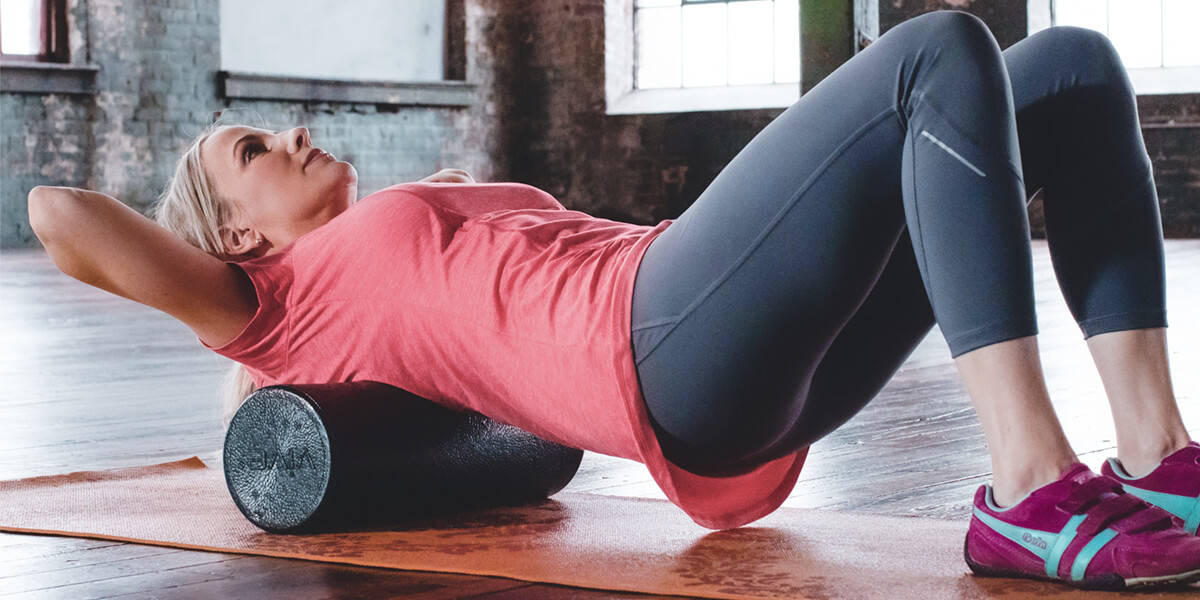 Foam rolling is an easy and convenient way to get rid of muscle knots after a workout. ( See Product )
Foam rolling is an easy and convenient way to get rid of muscle knots after a workout. ( See Product )
Massage is probably the most effective therapy for removing muscle knots. Applying pressure to the knots increases the circulation of oxygen-rich blood, which brings nutrients to the area and helps remove waste products from the muscle.
By breaking down toxic muscle knots, massage releases toxins so they can be eliminated by the body’s natural detoxification pathways, leading to a reduction in both inflammation and pain.
Knots in more awkward locations, such as the back, can be massaged using a special foam roller. Alternatively, you can put two tennis balls in a tied sock, place this on an exercise mat, and roll the affected area over and back against the balls to ease symptoms and release muscle fibers.
Another massage technique is trigger point release. Apply firm pressure to the knot using your fingertips until the muscle becomes more relaxed. Although initially painful, the pain decreases with continuous pressure.
Begin by pressing the trigger point for 30 seconds. Over the course of several days, work up to a few minutes. Continue using this technique one to two times daily until the knot releases.
You may need to ask for help, particularly if you’re suffering from knots in hard-to-reach areas.
Many aromatic oils relax muscles and kill pain, making them extremely beneficial for people with muscle knots.
Be sure to mix essential oils with a carrier oil—such as coconut, jojoba, or sweet almond oil—before using them on the skin. This mixture can be used as part of a massage session or as a relaxing and moisturizing lotion.
Beneficial essential oils include:
has proven painkilling effects for chronic muscle pain.
is extracted from red chilies. This oil is well-documented as a pain reliever when applied topically.
is high in eugenol, a common local antiseptic, and anesthetic.
is anti-inflammatory and analgesic.
improves blood circulation and relieves muscle spasms.
is a natural painkiller and muscle relaxant.
You can also try any variety of pain creams that help numb pain in the short term while you seek long-term treatment.
Stretching every day is great for overall mobility and flexibility. Plus, it prevents knots from forming and reduces existing muscle knots. The most beneficial stretches vary by the body part affected, but it’s a good idea to stretch each body part at least once per day. If you’re not sure where to start with stretching, try any one of the options listed on our stretching workout poster.
Discuss specific stretches and any mobility or health concerns with a health or fitness professional before attempting a new stretching routine.
Knots are caused by stress on the muscle. If you can pinpoint the cause of your muscle knots, take a break from that activity for a few days, if possible. That may mean stepping away from your computer or switching up your workout routine.
Rest allows the muscles to unwind and heal, particularly if accompanied by other treatments like self-massage and stretching.
Be sure to check your sleeping posture, the way you sleep can greatly impact discomfort at night and is crucial when minimizing pain and promoting muscular health. A body pillow can help your body comfortable and aligned.

The gel ice pack by Arctic Flex can be used either hot or cold to provide, long-lasting, soothing relief to discomfort in the neck and shoulders ( See Product )
Applying heat, cold, or a combination of the two (known as contrast therapy) helps release muscle knots and reduce symptoms.
The application of cold packs is especially beneficial for knots caused by injury or repetitive motion. Cold also helps quell inflammation. Click here to find the best ice packs for injuries and recovery.
After the first three days following injury, switch from cold to heat therapy. This will increase blood flow to the muscle knot, aiding relaxation and removing waste. Learn more about when it’s the right time to use heat on an injury.
Alternating hot and cold therapy (after the first three days following injury) provides the best of both treatments. Click here to learn everything you need to know about contrast therapy.
Dehydration is a common cause of muscle knots. Stay hydrated by drinking water throughout the day, and be sure to drink extra before workouts to prevent more knots from forming.
Don’t forget that drinks like coffee, tea, and alcohol are diuretics and may contribute to your dehydration.
Do you know the benefits of drinking water?

TENS therapy can be a simple way to improve muscle knots in various locations and while on the go ( See Product )
While many high-tech procedures that treat muscle knots are only available through your doctor, TENS therapy can be tried at home. It uses a low-voltage electrical current to soothe pain in the targeted area.
When at-home treatment doesn’t do the trick, it’s time to get in touch with your doctor for professional muscle knot treatment. After a consultation, they can help you get a better idea of which of the following treatments can be effective for you.
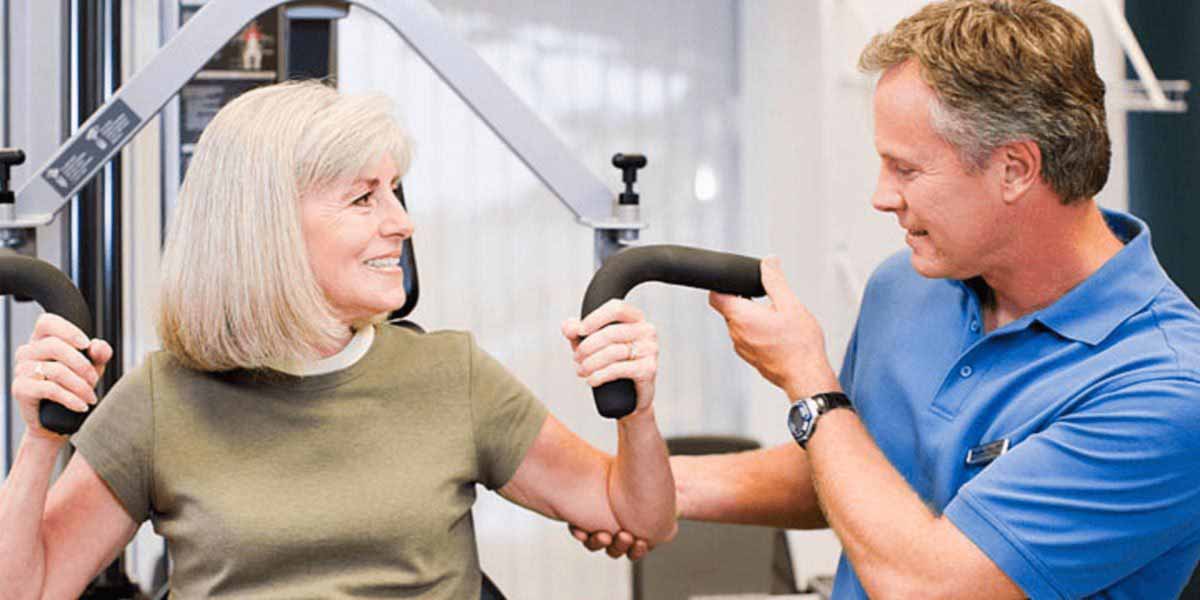
Physical therapists know all the tricks to release knotted muscles. Pay attention and learn from them to get the most out of your PT session. ( Image Reference )
A physical therapist can reduce pain and tightness associated with muscle knots through stretches, massage, or a combination of both. A therapist can also identify the cause of the knots and formulate a home exercise plan to prevent future muscle knots from forming.
Tip:
Seeing a physical therapist is recommended for people who have many muscle knots, muscle knots in inaccessible locations, or knots that persist over time despite other treatments.
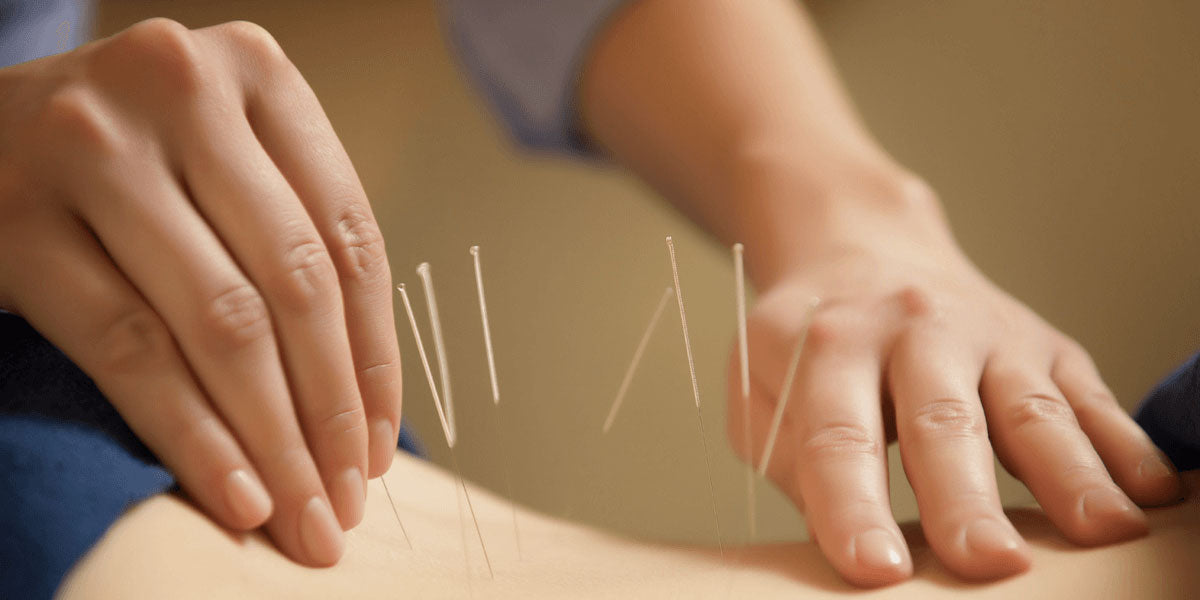
The needles may look scary, but you'll feel loose and relaxed after a good session of trigger point acupuncture. ( Image Reference )
A specific type of acupuncture for muscle knots, known as trigger point acupuncture, is useful for treating even the most stubborn knots.
Trigger point acupuncture involves inserting sterile needles at the affected areas, causing movement in the muscles. This movement reduces tightness and pain associated with toxic muscle knots.
However, you can expect short-lived post-treatment pain from acupuncture—similar to how you would feel after an intense workout.
Ultrasound therapy works by sending physical pulses into your body to stimulate specific parts of your musculature. It has a similar effect as massage, but the difference is it can target muscles beneath the surface for a more efficient and effective treatment. It is a completely non-invasive treatment and carries little to no risk of serious complications.
Tigger point injections use a local anesthetic or steroid to numb the area and make the muscle knot inactive. The anesthetic is delivered via injection and, after a short course of treatment, can lead to sustained relief. Each injection only takes a few minutes, and often several injections are needed.
Cold laser therapy uses a device about the size of a flashlight, which is positioned over the muscle knot for several seconds or minutes. The length of the treatment depends on the severity of the knot. The laser passes unheated photons through the skin to target the affected area, between 1 to 2 inches beneath the skin.
Dry needling might sound similar to acupuncture at first, though it’s a completely different process. While they both use a thin needle to heal muscle knots, dry needling is able to specifically target the knots, whereas acupuncture places needles along established meridian lines for holistic healing.
Preventing muscle knots is easier and less painful than treating existing muscle knots. Here are some of the best tips to avoid muscle knots.
Smoking may be linked to an increase in muscle knots and inflammation. It also reduces blood circulation and is a risk factor for chronic pain.
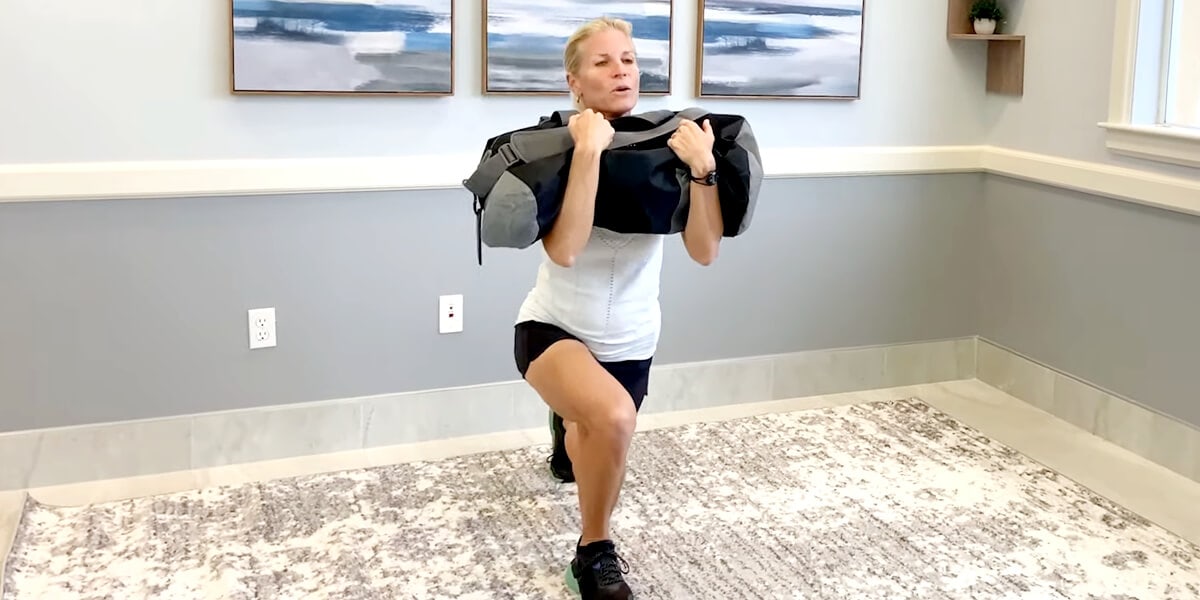
Staying fit and active is key to overall health, and you can expect to feel less stiffness and soreness with regular exercise.
Try chair exercises for a unique way to keep your body moving.
There aren’t many downsides to regular exercise. Staying active with aerobic exercise will help you avoid painful and restrictive knots. This type of activity stretches muscles while boosting circulation.
Some of the best low-impact aerobic exercises include walking, swimming, cycling, and the elliptical trainer. Yoga is another good exercise that encourages stretching and reduces knot formation. Click here to learn why yoga is an amazing exercise for seniors.
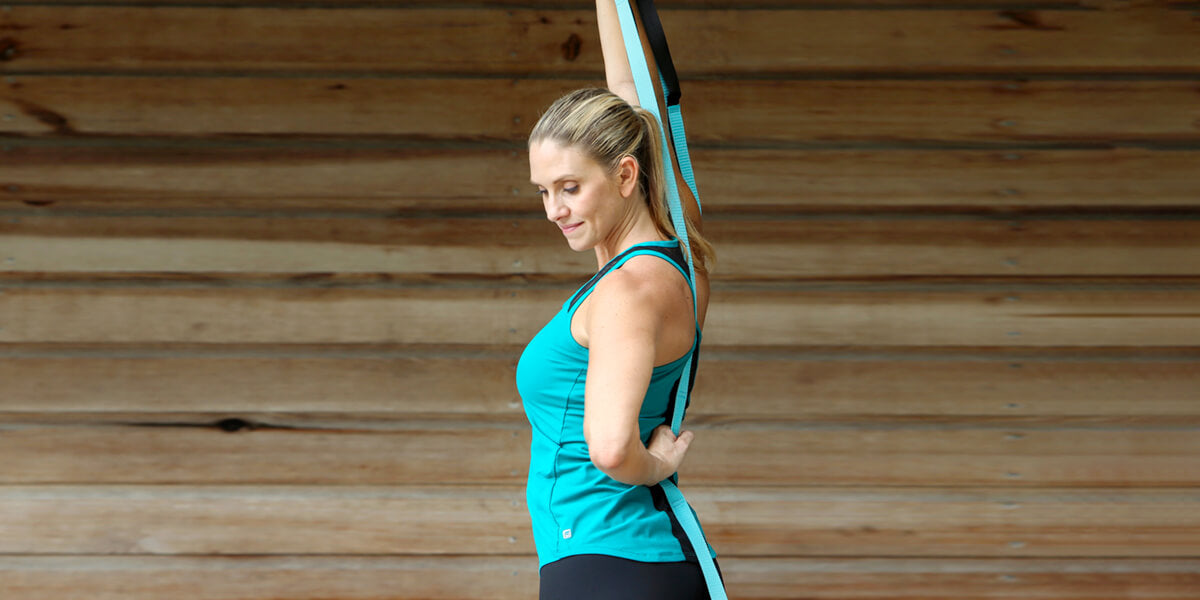
Perform dynamic stretches before exercise and static stretches afterward to improve your flexibility and keep your muscles safe ( Image Reference )
As mentioned previously, daily stretching, including before and after exercise, is a fantastic way to improve overall flexibility and prevent knot formation.
Work with a health or fitness professional to create a stretching plan that’s right for you.

Learn more about proper posture and find exercises for improving poor posture ( Image Reference )
Poor posture is a huge contributor to muscle knots. Spending hours at a time in front of a computer screen or sitting in the same position all day can seriously affect your muscle, joint, and bone health. Carrying out exercises without proper form also contributes to knot formation.
Move around each hour to get your blood flowing and loosen your muscles. Also, ensure your chair and workspace are ergonomically correct. It will help prevent muscle knots and improve energy and concentration at work.
Try a lumbar cushion to give your spine the support it needs.
Mental and emotional stress lead to muscle tension and myofascial trigger points. In fact, muscle tension is one of the most common physical symptoms of anxiety.
Learn to manage your stress levels by engaging in stress reduction techniques like deep breathing, meditation, and progressive muscle relaxation. It’s also important to exercise, do things you enjoy, and get enough sleep.
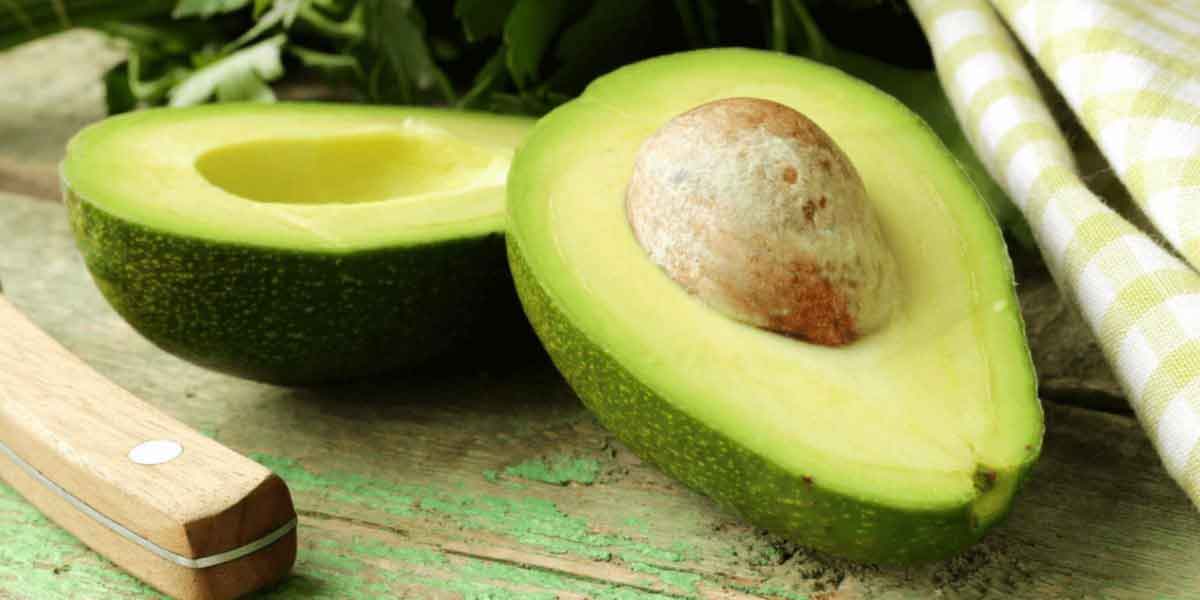
Pay attention to your diet and drink plenty of water to keep muscle knots from forming. ( Image Reference )
Eating a balanced diet and staying hydrated will help prevent trigger points. Eat plenty of fresh fruits and vegetables, whole grains, lean protein like fish, beans, and chicken, and healthy fats like avocados, nuts, and seeds. Also, don’t forget to stay hydrated.
Avoid alcohol, sugary foods, high-sodium foods, and fried or fatty foods. These contribute to dehydration, toxic muscle knots, and general ill-health.
In particular, be aware of your magnesium intake. This essential mineral is vital to relax your muscles, prevent cramps, and reduce muscle tightness. Yet some research suggests that 80% of people are magnesium deficient!
You’ll find magnesium in leafy greens, avocado, and seeds like pumpkin, sunflower, and sesame. Topical magnesium oils or lotions are a great way to meet your magnesium needs while easing aching muscles.
You can try a range of self-massage tools to help customize your care. Take a look at some of the more popular options for muscle knots:
Use these either hot or cold to reduce inflammation, sore muscles, and tension.
View ProductTarget hard to reach areas for deep tissue massage using interchangeable heads to achieve multiple angles.
View ProductTENS massagers are some of the most unique self-massage tools around as they are able to deliver electric massage at the push of a button. Place reusable electrode pads wherever you need a massage, and choose from 6 different settings and 20 intensity levels.
View ProductFor safe full-body massage a foam roller offers a lightweight and portable design that integrates with any floor workout. Commonly used in physical therapy, the high-density foam stays durable over extended use and offers the support needed for a targeted self-massage. Use it on any flat surface, at home, at the gym, or wherever you need.
View Product
For many people, muscle knots seem like an inevitable part of life. But they don’t have to be!
If you’re sick of feeling hunched up, tense, and tight, find the root cause of your muscle knots. Stay active, eat well, address your stress, and practice good posture. Before long, you’ll enjoy greater mobility and be free from pain.
Those who are dealing with persistent or painful myofascial trigger points should seek medical advice and follow the treatment plan provided.
Sources:
https://articles.mercola.com/sites/articles/archive/2013/12/08/magnesium-health-benefits.aspx
Leave a comment